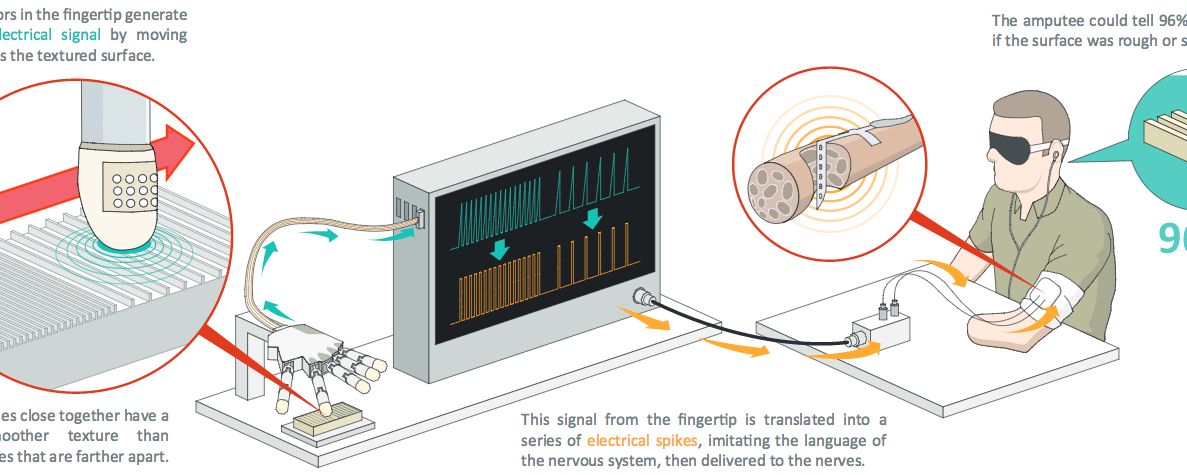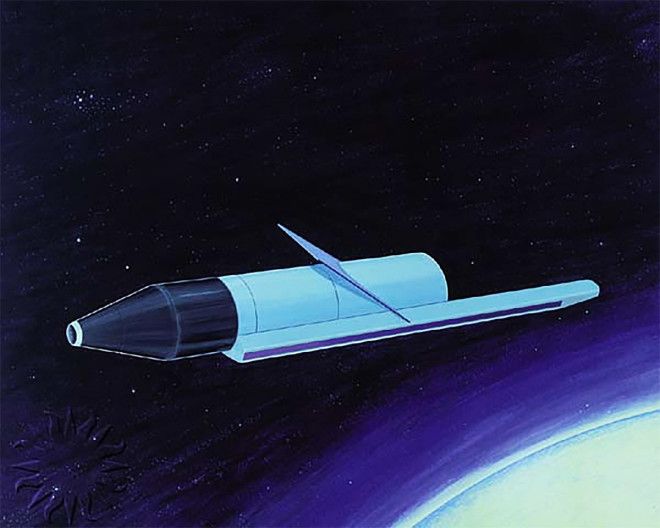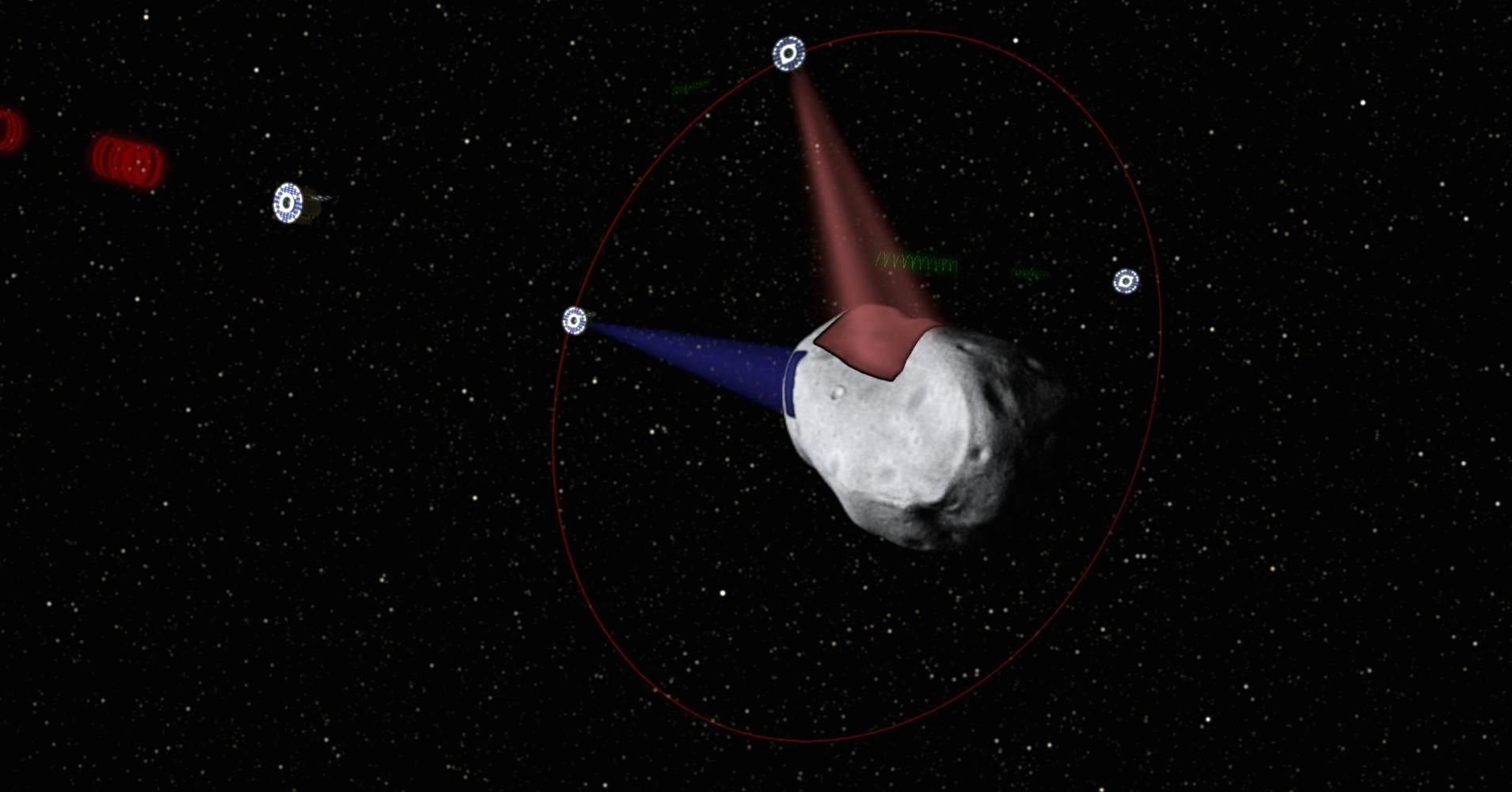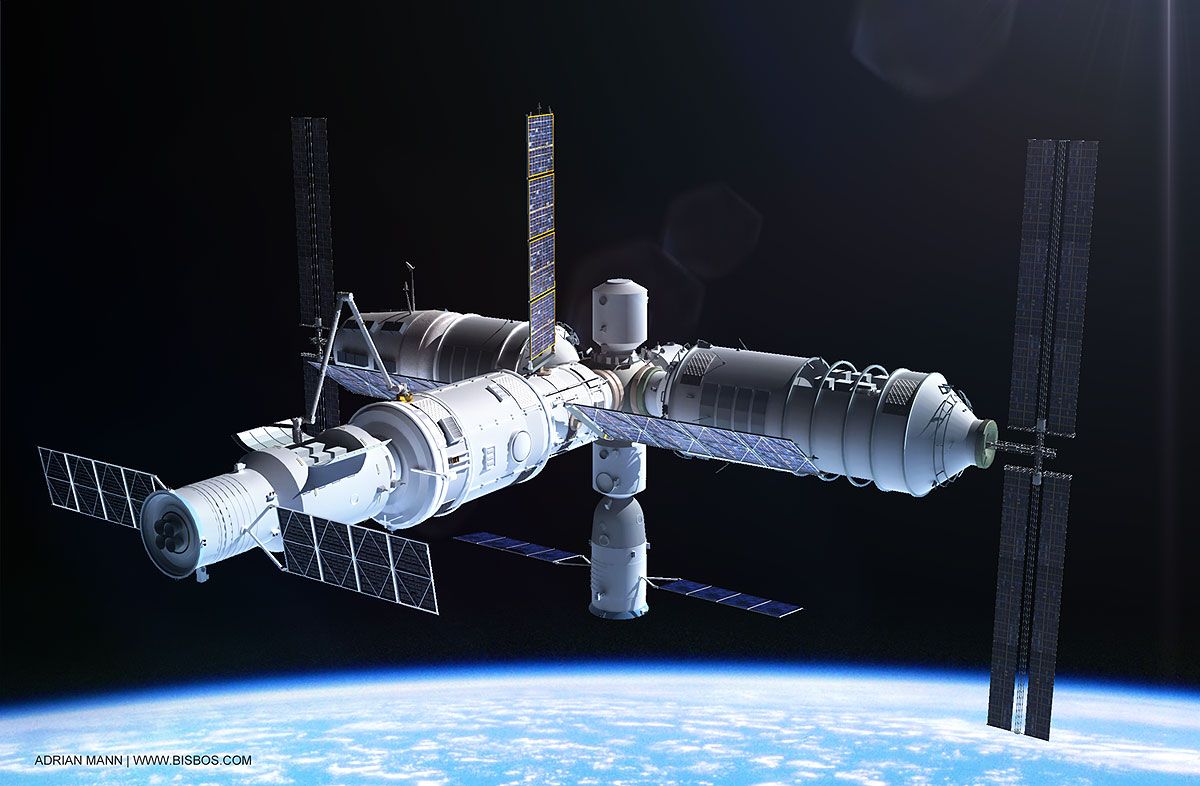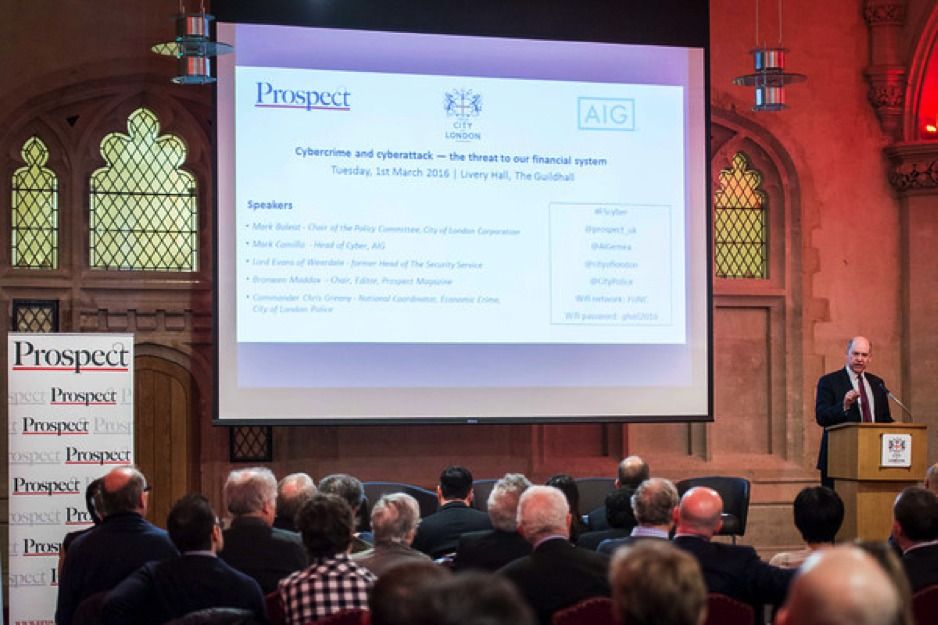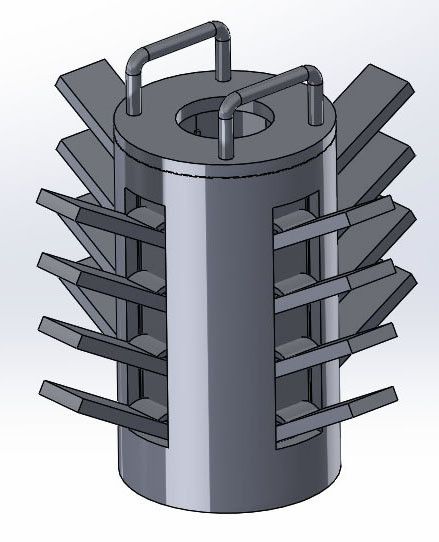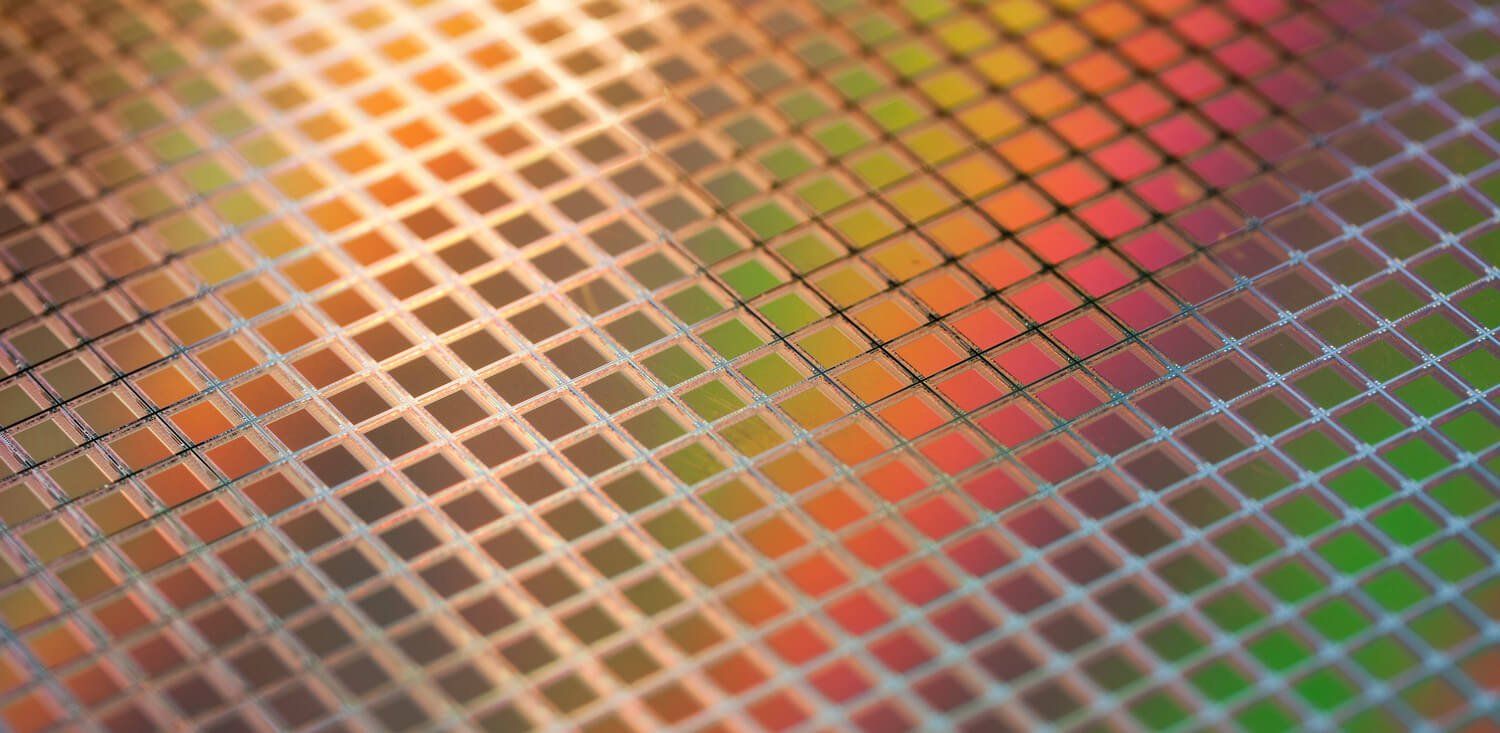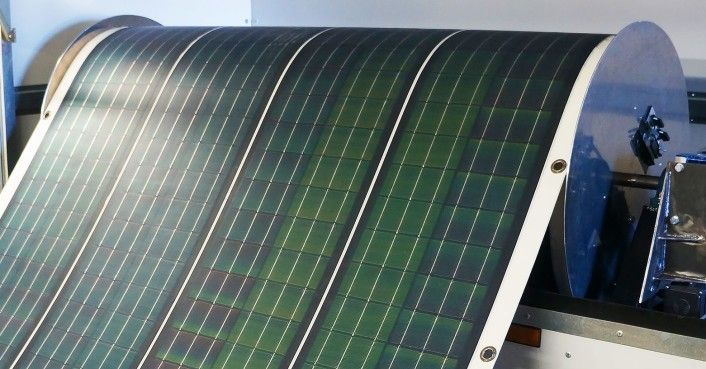It won’t be long now before cancer is nothing but a terrible, terrible memory.
Never soon enough, though.
Recent advances in an immune-cell cancer treatment called immunotherapy* (using engineered antibodies that can target specific molecules on cancer cells) are producing dramatic results for people with cancer, according to Stanley Riddell, MD, an immunotherapy researcher and oncologist at Seattle’s Fred Hutchinson Cancer Research Center.**
Riddell and his colleagues have refined new methods of engineering a patient’s own immune cells to better target and kill cancer cells while decreasing side effects. In laboratory and clinical trials, the researchers are seeing “dramatic responses” in patients with tumors that are resistant to conventional high-dose chemotherapy, “providing new hope for patients with many different kinds of malignancies,” Riddell said.

